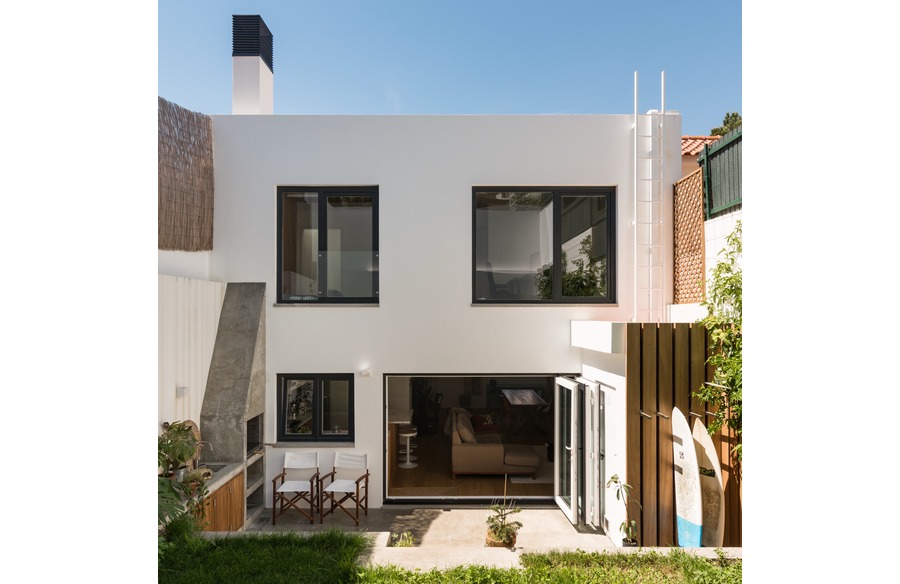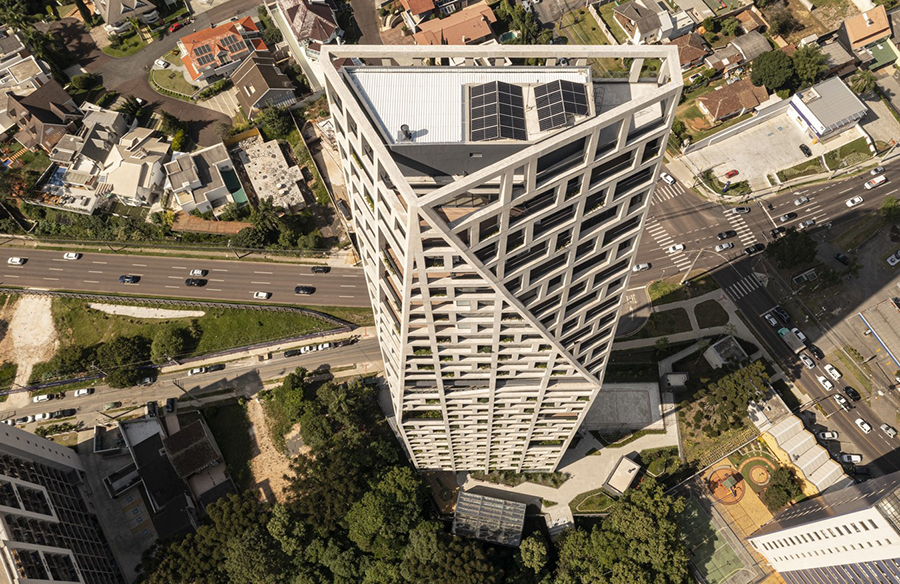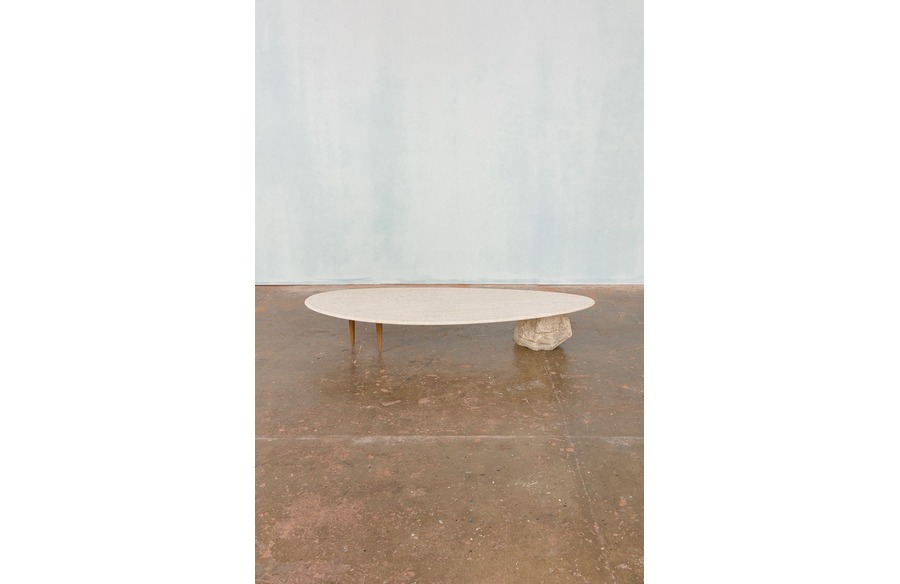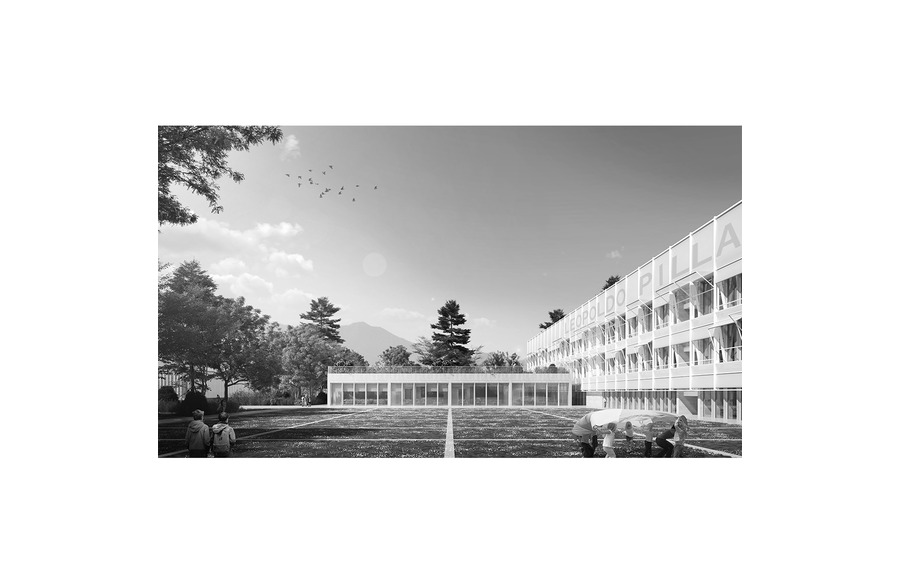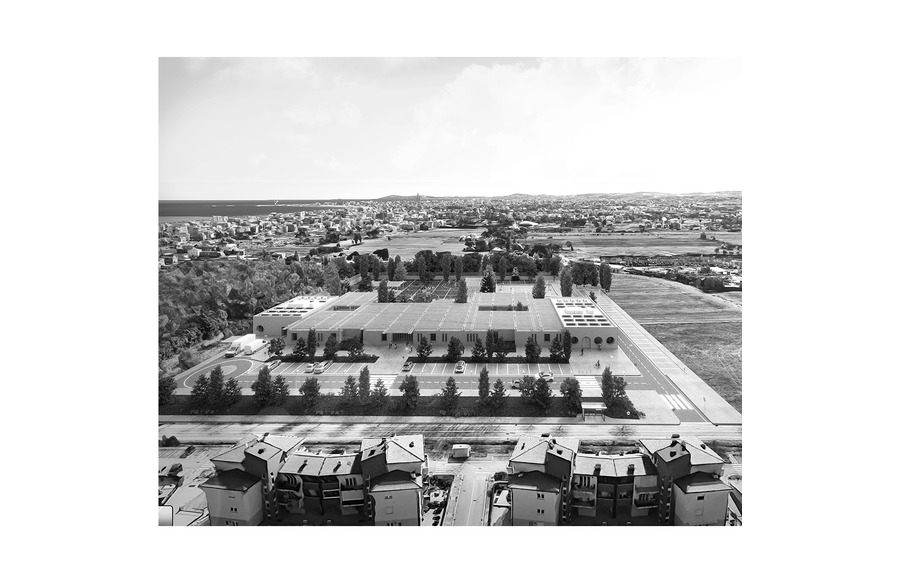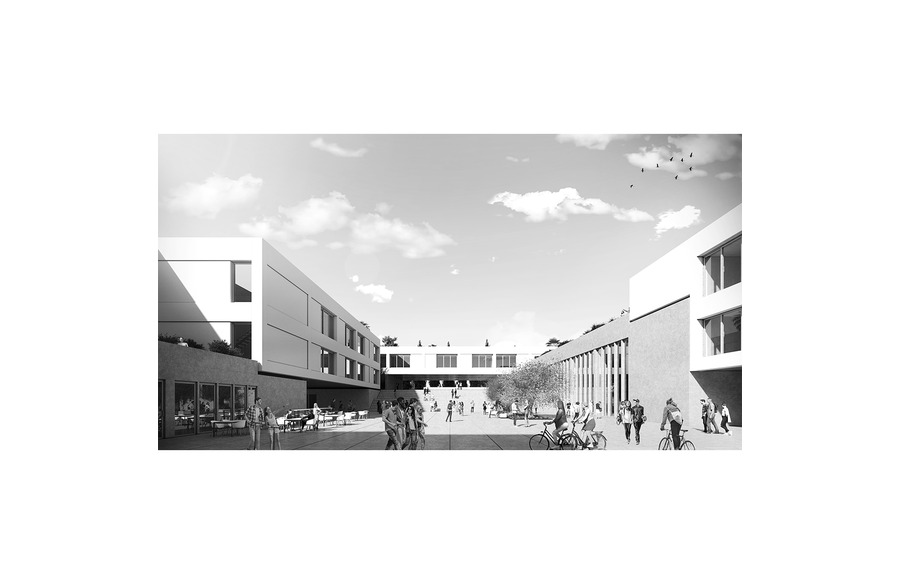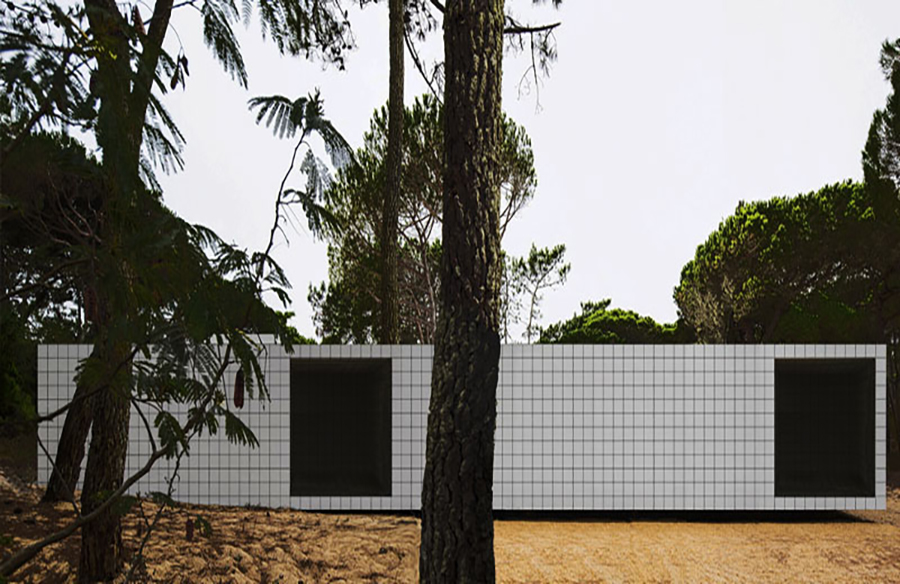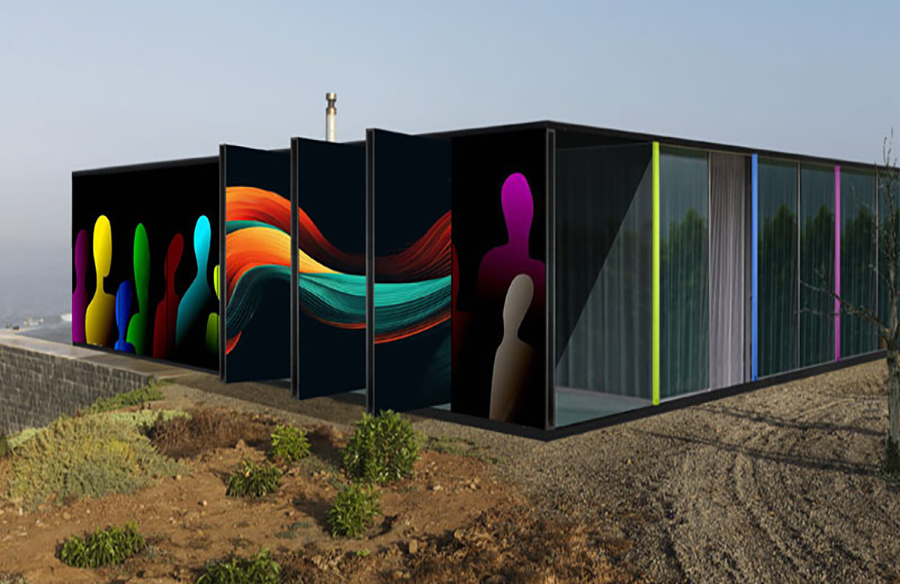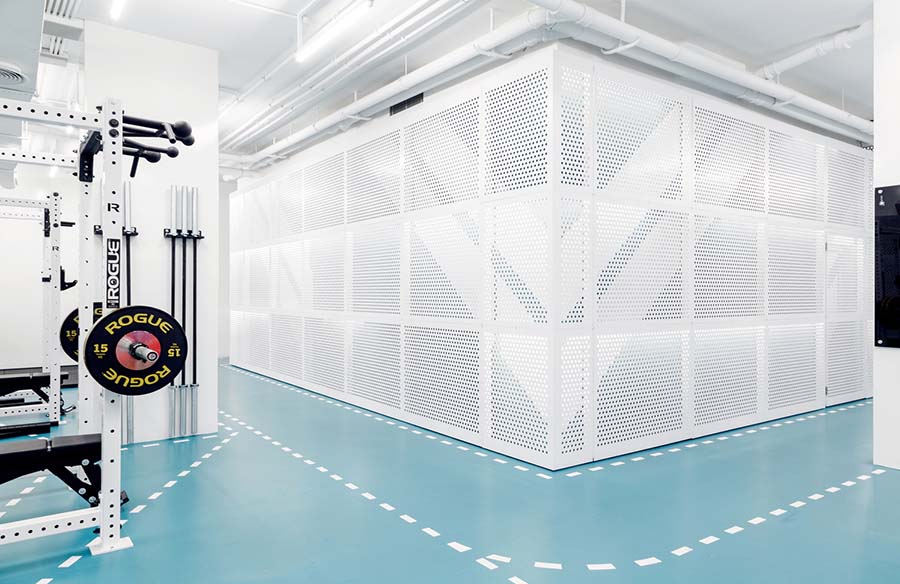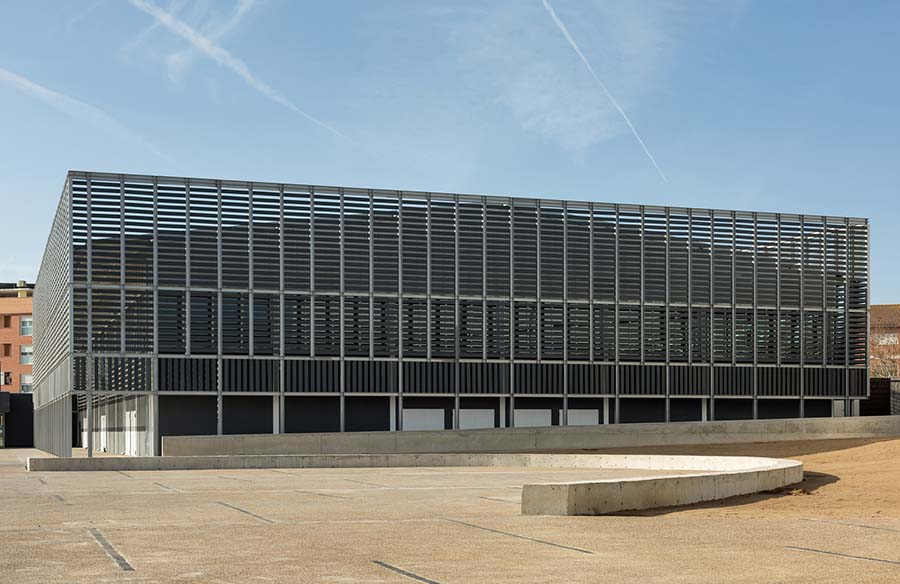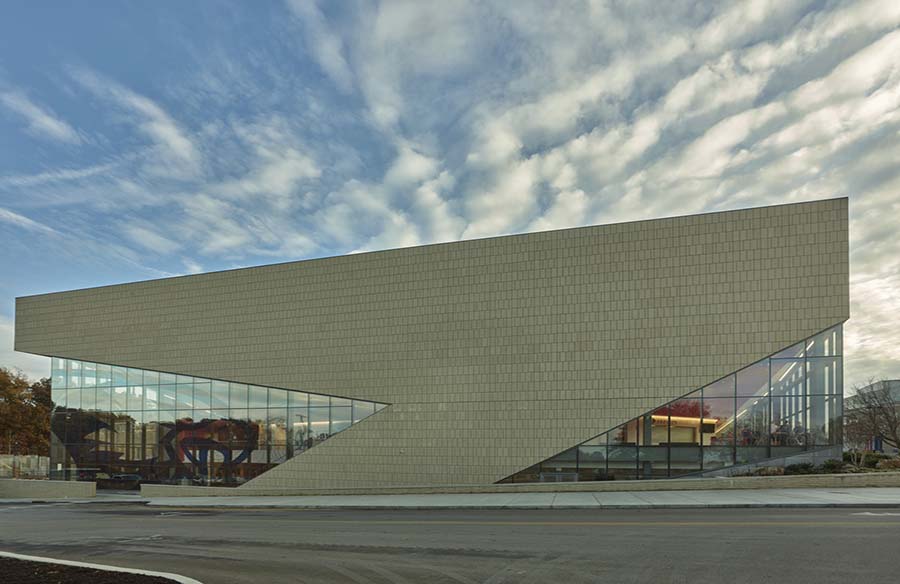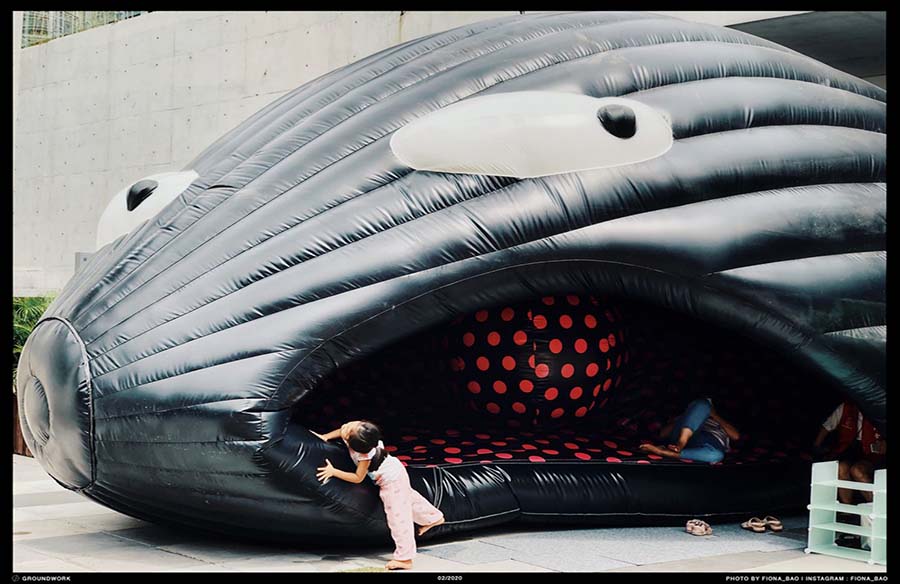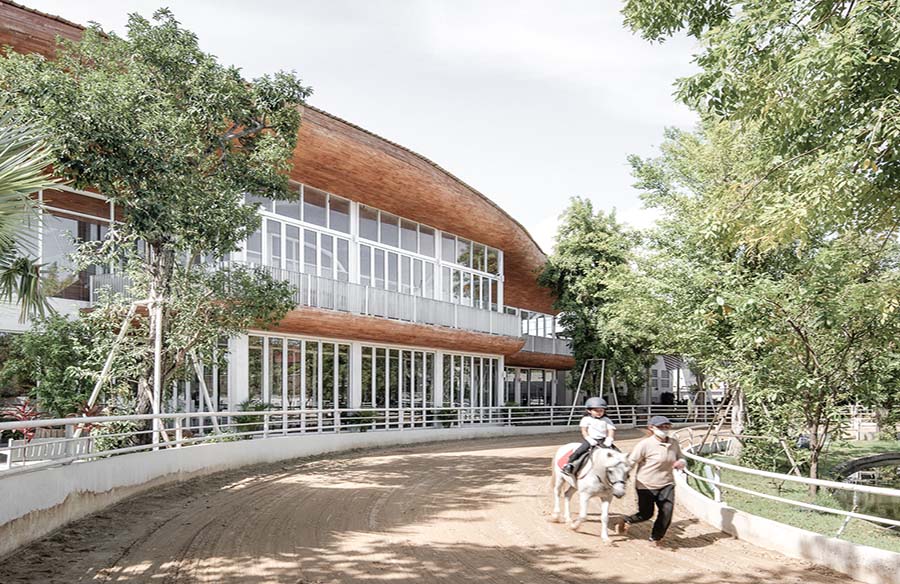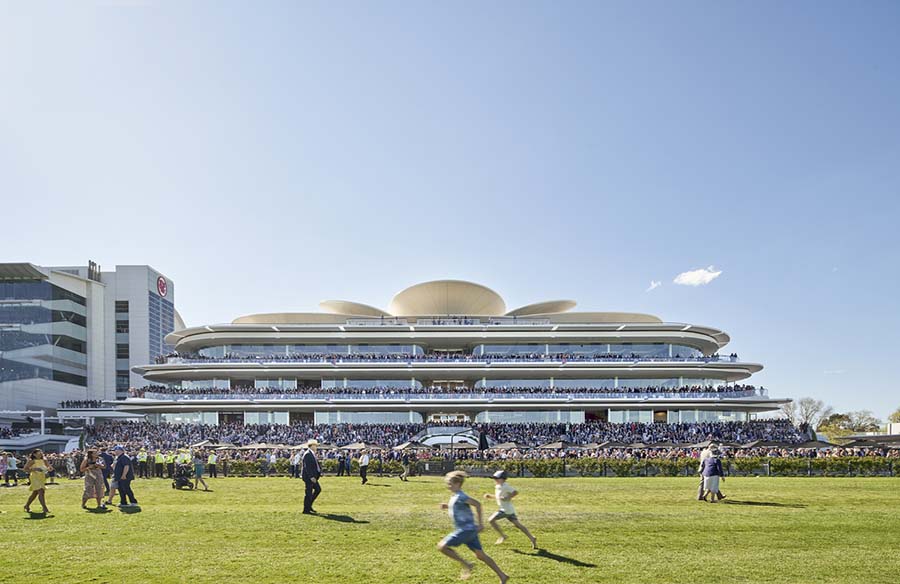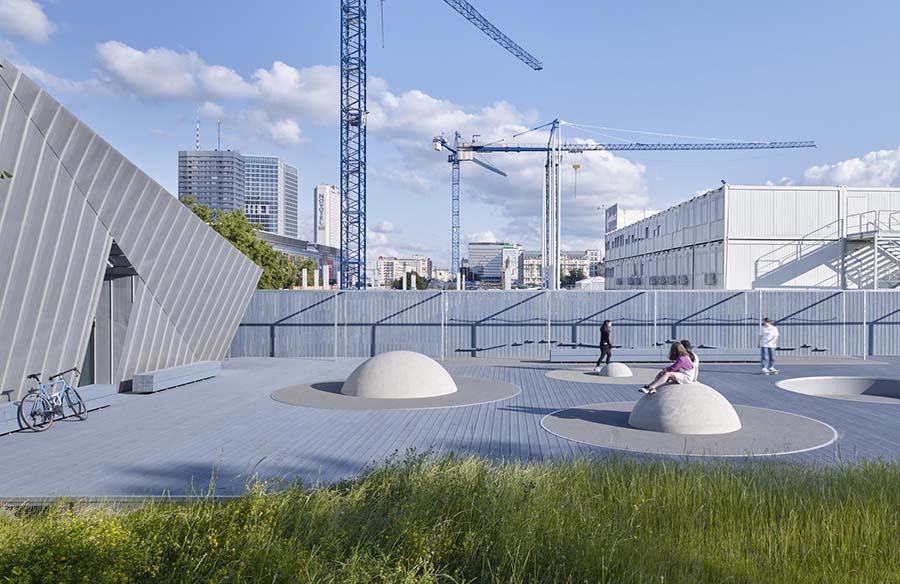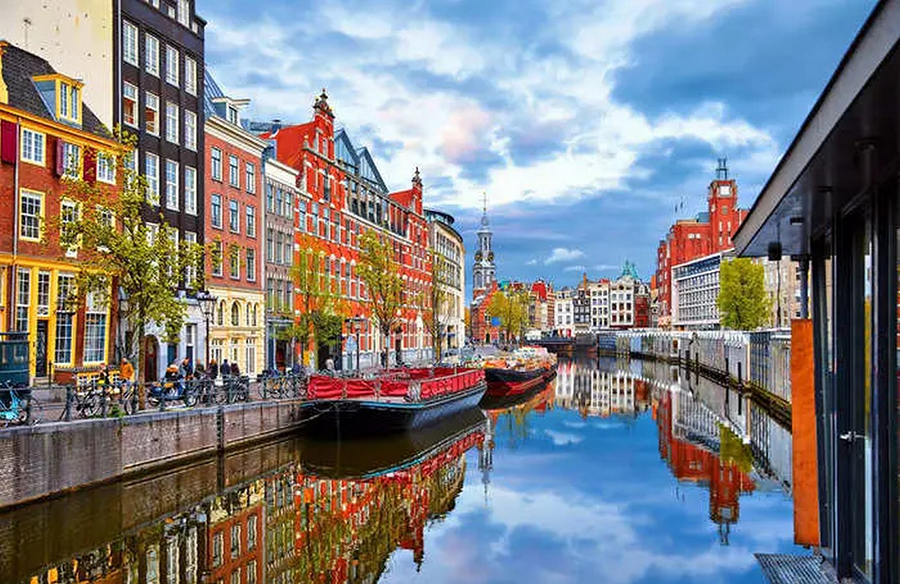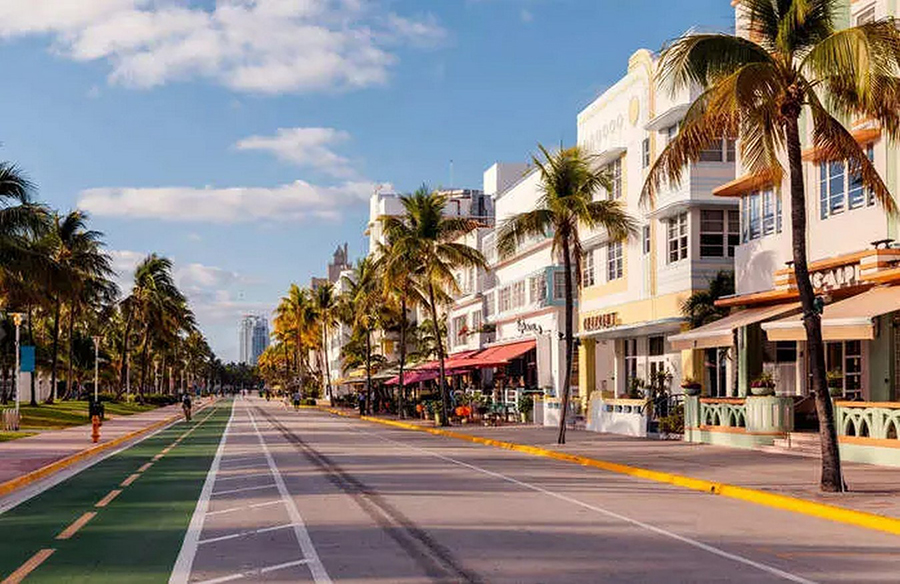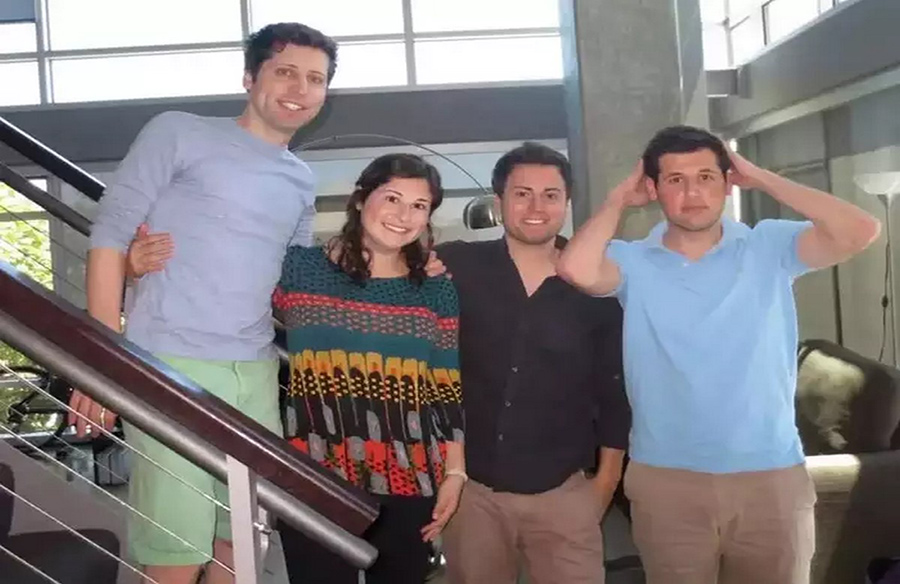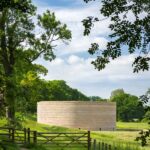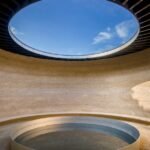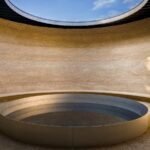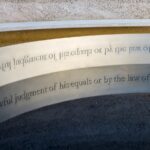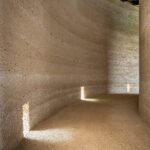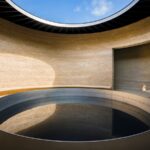Writ in Water: A Reflection on History and Human Rights

Writ in Water stands as the inaugural permanent commission for the National Trust through Trust New Art, aiming to offer a space for enduring contemplation on the significance of Magna Carta and its profound impact on the history of human rights. The project, spearheaded by Mark Wallinger, enlisted the collaboration of Studio Octopi to bring it to fruition.
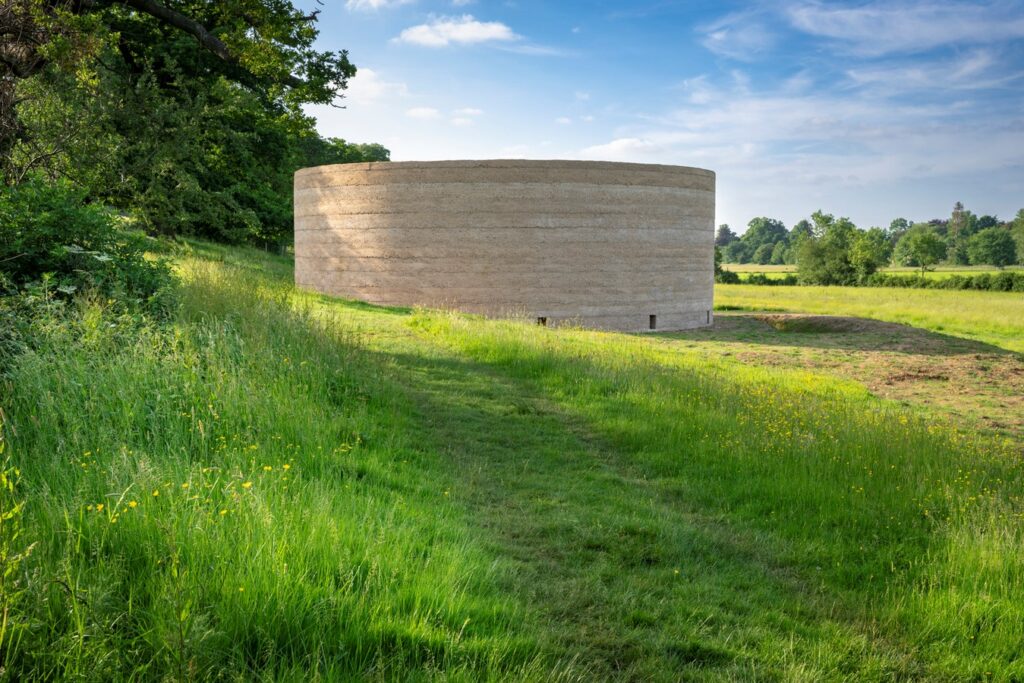
One of the primary challenges faced was the strategic placement of the building within the historically rich landscape of Runnymede. This area boasts numerous local and nationally significant landscape and ecological designations, including a floodplain, ancient semi-natural woodland, Site of Special Scientific Interest, and an Area of Landscape Importance.
The structure emerges from Cooper’s Hill, nestled on a small natural plateau amidst oak trees. To integrate harmoniously with the surroundings, the plateau was expanded to accommodate a swale and a notched weir to mitigate runoff.
In adherence to the context, the building’s materials were sourced locally, with the design aimed at physical integration into the landscape while subtly incorporating references to the passage of time.

The rammed stone construction utilizes aggregates and sand from the vicinity, compressed to form textured walls. Constructed layer by layer, each one cubit high, the resulting strata pays homage to the local geology. The texture varies based on the hand-tamping process and juxtaposes against the bead-blasted stainless steel pool surround.
Visitors are guided through an exterior doorway into a circular labyrinth, leading to an inner chamber where the sky is visible through an oculus above a water pool.
The roof structure comprises 52 stained Douglas Fir rafters, symbolizing time, with low-level apertures illuminating the path between the walls. The roof, stained black, creates a sense of spaciousness, while water from it replenishes the pool, disrupting the reflection as a metaphor for the fragility of human rights.
The sides of the pool bear inscriptions of Magna Carta Clause 39, reflected inversely in the water. Bead blasting softens the stainless steel’s reflections, and the low pool surround encourages interaction with the artwork.
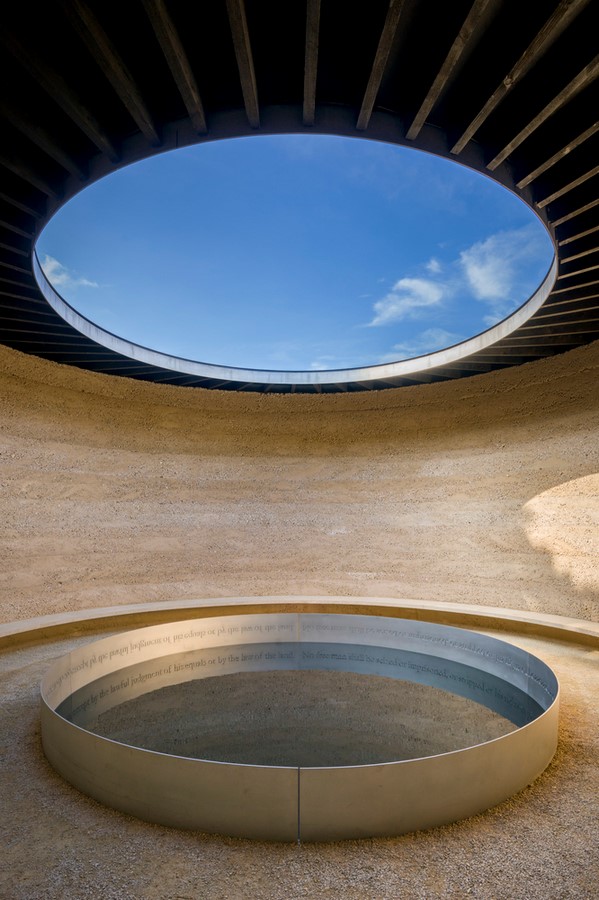
A bench, integrated into the inner wall, invites contemplation of Magna Carta’s contemporary relevance. The project was realized with funding from the National Lottery through Arts Council England, as well as support from Art Fund, the Sigrid Rausing Trust, the Henry Moore Foundation, Lord and Lady Lupton, Iwan and Manuela Wirth, Valeria and Rudolf Maag-Arrigoni, and Harris Calnan.


 English
English 
